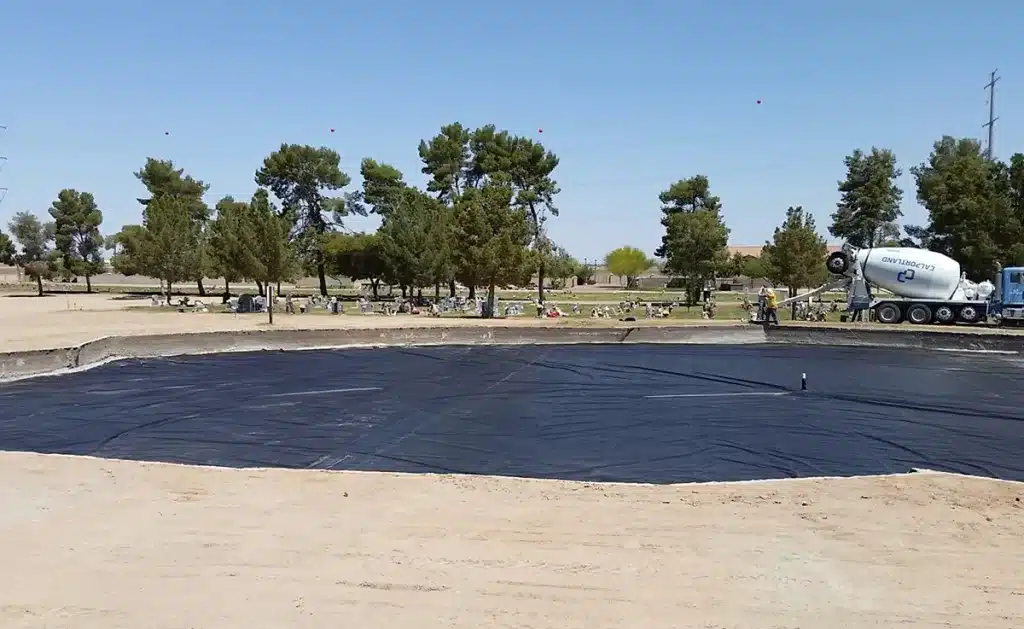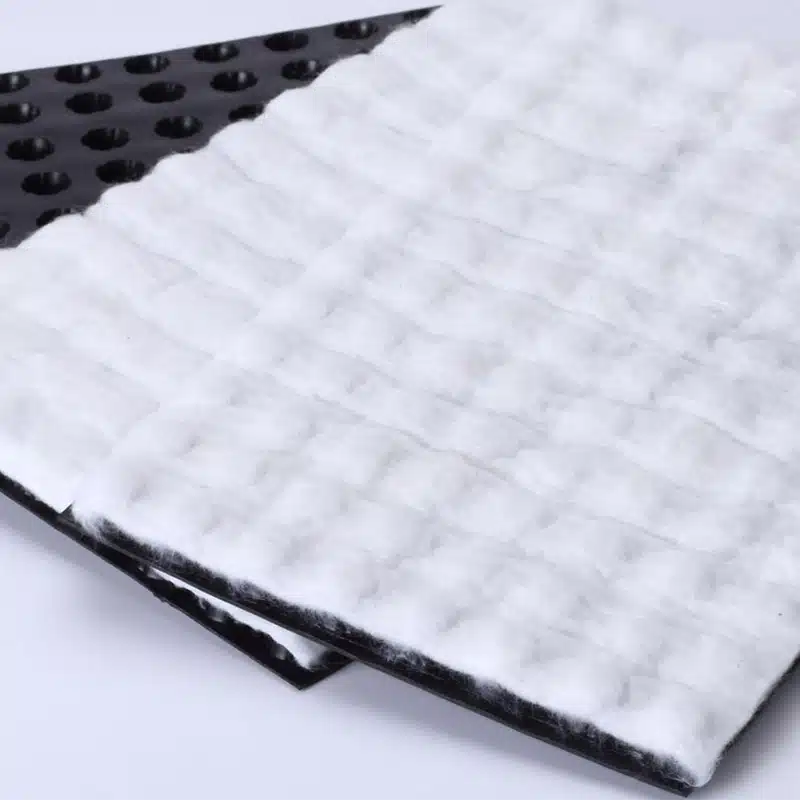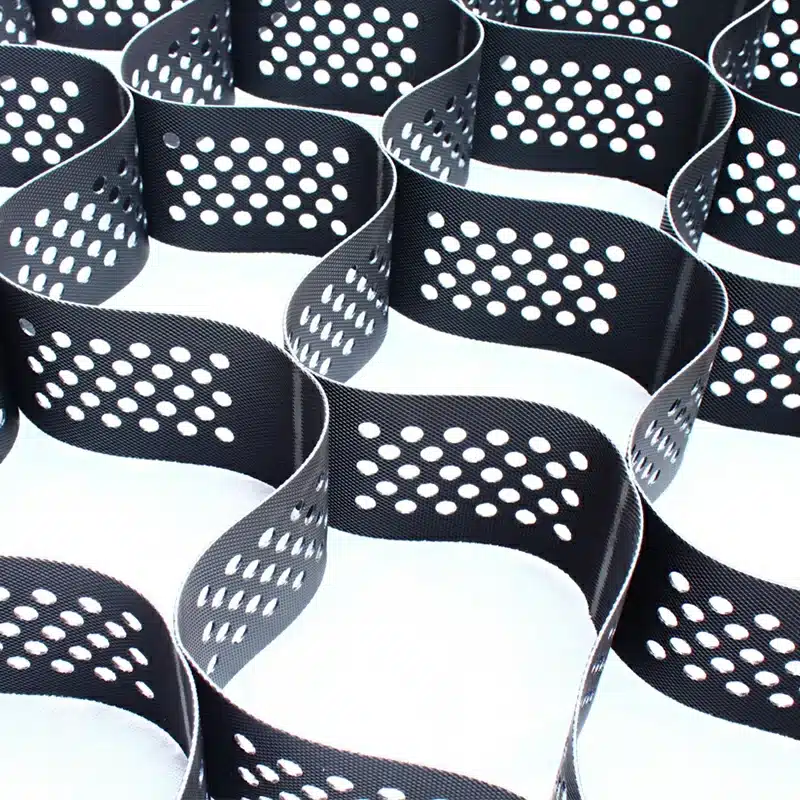+86-159 9860 6917
info@geofantex.com
geofantex@gmail.com
+86-400-8266163-44899
Geosynthetic stabilized subgrade plays a crucial role in modern construction, particularly in enhancing the durability and performance of infrastructure projects. By utilizing geosynthetics, such as geotextiles and geogrids, engineers can effectively stabilize weak or problematic soils, ensuring that roads, highways, and other structures remain strong and long-lasting. This article explores the concept of geosynthetic stabilized subgrade, discussing its applications, benefits, and the role it plays in slope stabilization.
What is Geosynthetic Soil Stabilization?
Geosynthetic soil stabilization refers to the use of geosynthetic materials, such as geotextiles, geogrids, and geomembranes, to improve the mechanical properties of soil. Where geosynthetics are used to stabilize granular soils, this typically occurs via an interlocking mechanism. These materials are placed within or on top of soil layers to reinforce and stabilize the ground. The primary purpose of geosynthetic soil stabilization is to increase the load-bearing capacity of the soil, reduce deformation, and prevent soil erosion. This technique is widely used in road construction, retaining walls, and other infrastructure projects where soil stability is critical.

What is Stabilized Subgrade?
Stabilized subgrade is a layer of soil that has been treated or reinforced to enhance its strength and load-bearing capacity, serving as a subgrade treatment intended to provide structural stability for improved long-term performance. The subgrade serves as the foundation for pavements, roads, and other structures, so its stability is crucial to the overall performance of the infrastructure. Stabilization can be achieved through various methods, including chemical treatments, mechanical compaction, and the use of geosynthetics. A stabilized subgrade provides a solid, durable base that can withstand heavy loads and adverse environmental conditions.
What is Geotextile for Subgrade Stabilization?
Geotextile for subgrade stabilization is a permeable fabric used to reinforce and separate soil layers, preventing the mixing of different soil types while allowing water to pass through. Woven geotextiles are placed between the aggregate and the subgrade to stabilize the soil, preserve the aggregate, and reinforce the surrounding soil. When used in subgrade stabilization, geotextiles enhance the soil’s strength by distributing loads more evenly and reducing the risk of soil deformation under heavy traffic or loads. They also help to control erosion and improve drainage, making them an essential component in road construction and other infrastructure projects.
What is the Role of Geosynthetics in Stabilization of Slopes?
Geosynthetics play a vital role in the stabilization of slopes by reinforcing the soil and preventing landslides or erosion. When used in slope stabilization, geosynthetics like geogrids and geotextiles are placed within the soil layers to improve slope stability by performing dual functions of reinforcement and drainage. This reinforcement helps to distribute stress more evenly across the slope, reducing the likelihood of failure. Geosynthetics also improve drainage, reducing water pressure that can lead to slope instability. Their use in slope stabilization ensures that infrastructure projects built on or near slopes are safe and durable.
Geosynthetic stabilized subgrade is an essential technique in modern construction, providing a reliable foundation for roads, highways, and other infrastructure. By using geosynthetics like geotextiles and geogrids, engineers can significantly enhance soil stability, ensuring long-lasting performance and safety. Whether it’s reinforcing subgrade layers or stabilizing slopes, geosynthetics play a crucial role in the success of construction projects, making them indispensable in today’s engineering practices.



Get Free Sample
We’ll respond as soon as possible(within 12 hours)






















